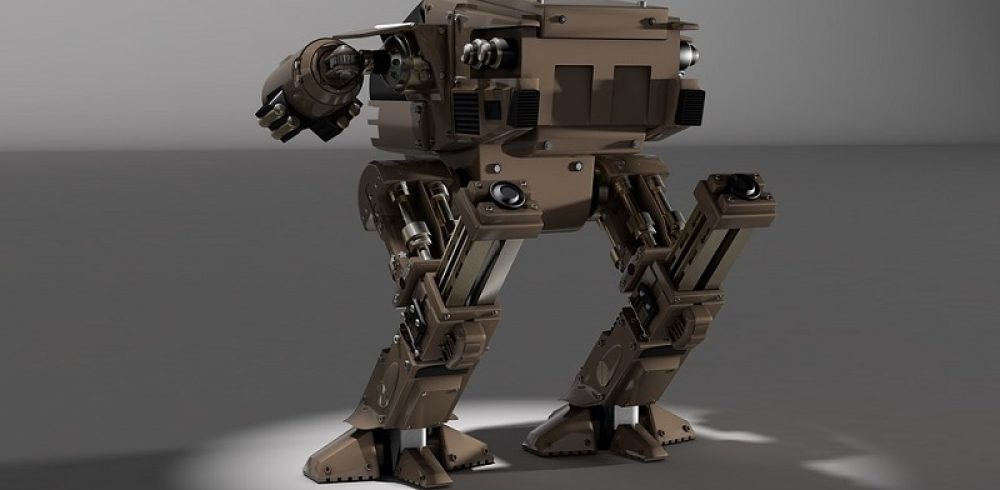The International Federation of Robotics (IFR) has just released figures that reveal that the UK had 71 robots per 10,000 people employed in the manufacturing industry during 2016, putting it below the global average of 74. Britain occupies the 22nd place and is the only G7 country to find itself in this position.
South Korea is the worldâs biggest user of industrial robots, with 631 robots for every 10,000 people employed in the manufacturing sector, followed by countries such as Singapore with 488, Germany with 309, Japan with 303, Sweden with 223, Denmark with 211, and the US with 189. While the global average robot population increased in 2016 to 74, the UKâS remained the same at 71, with Slovenia, Slovakia, and the Czech Republic advancing in the top.
The IFR said about the UK that it needs to invest more if it wants to modernise and increase productivity. Europe is still the region with the highest average robot density of 99 robots per 10,000 employees, followed by the Americas with 84, and Asia with 63. However, Asia is the fastest expanding region with an average annual growth rate of 9% between 2010 and 2016, compared to 7% in the Americas, and 5% in Europe.
Germany is the European country with the most robots used, and in 2016, it accounted for 41% of all industrial robots bought in Europe and supplied 36% of the robots sold in the region. Between this year and 2020, the annual supply in Germany is forecast to grow by at least 5% per year due to the high demand for robots.
The worldâs leading manufacturer of industrial robots is still Japan, which produced a record 153,000 machines in 2016, while Japanese manufacturers are responsible for 52% of the global supply of industrial robots.
The International Federation of Robotics (IFR)
Manufacturing & Engineering Magazine | The Home of Manufacturing Industry News















